You can tell the children’s authors or illustrators that can inhabit the soul of their books. It’s those books or characters that ooze effortless charm. They can jump into the psyche of their young audience and create a book they, themselves, would want to read if they could travel back in time. They are the books that all but read themselves to young audiences. Sergio Ruzzier creates children’s illustrated books that saddle up to emerging readers in the most charming of ways. Initially, his illustrations might seem like a rip-off because you’ll feel as if you’ve seen them before. However, such is the nature of a timeless creation that’s so utterly comfortable with its audience. The Real Story is one of those examples in that its characters; even from looking at them on the book’s cover feel like they’re having a conversation that a three through eight-year-old might be having.
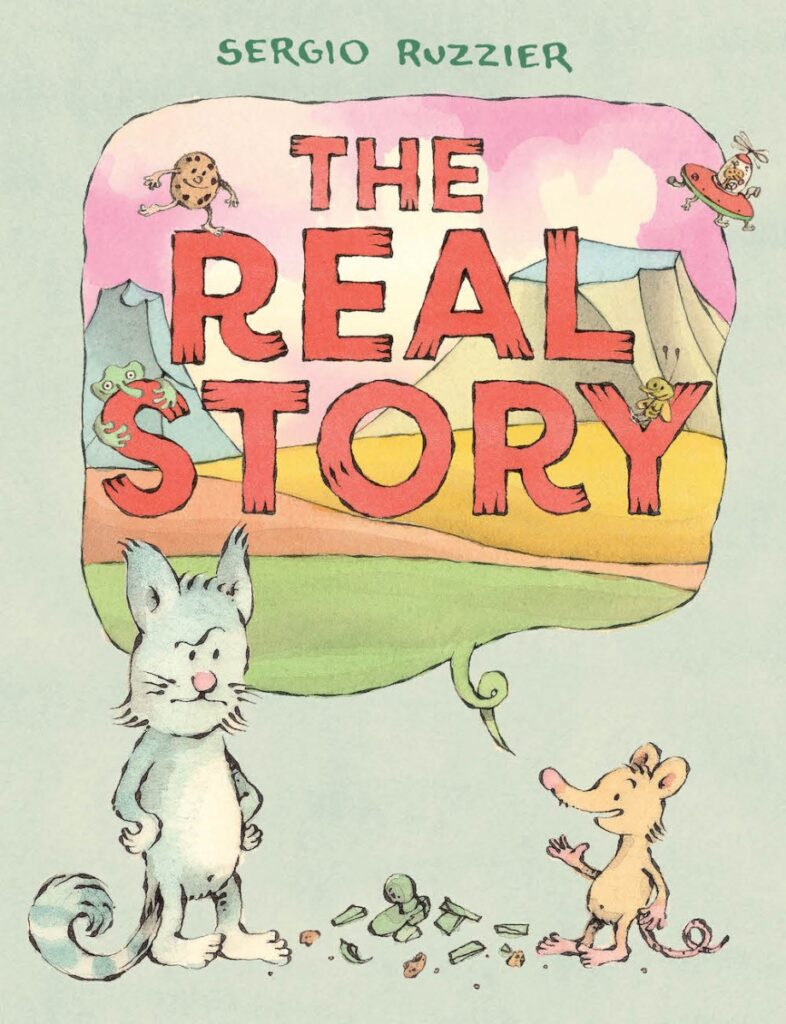
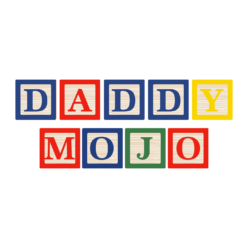
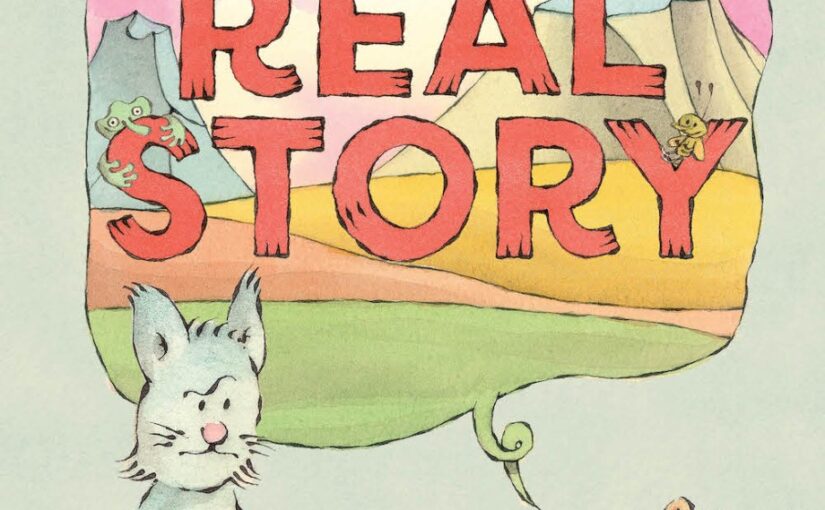
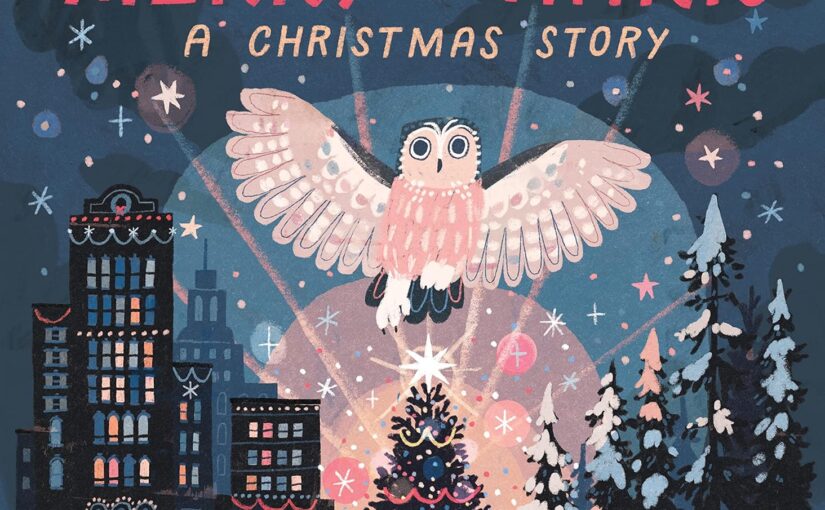
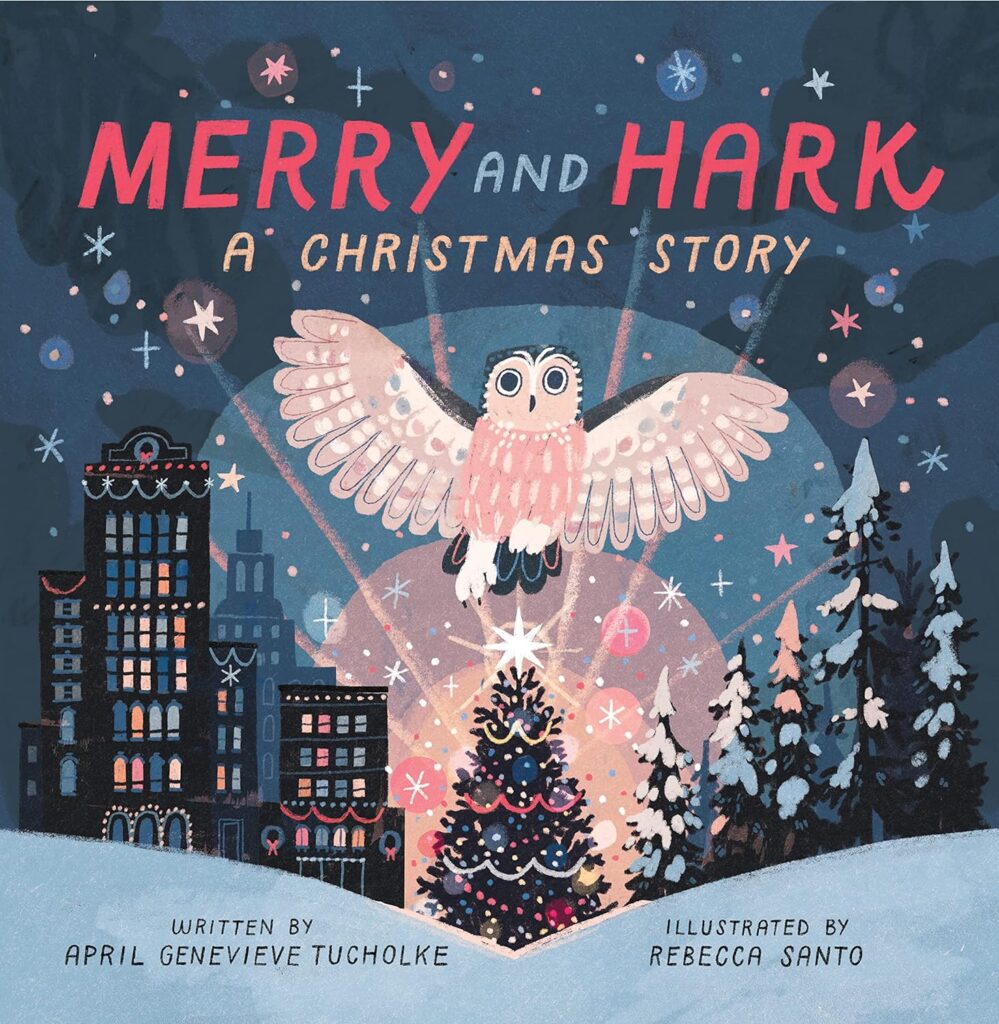
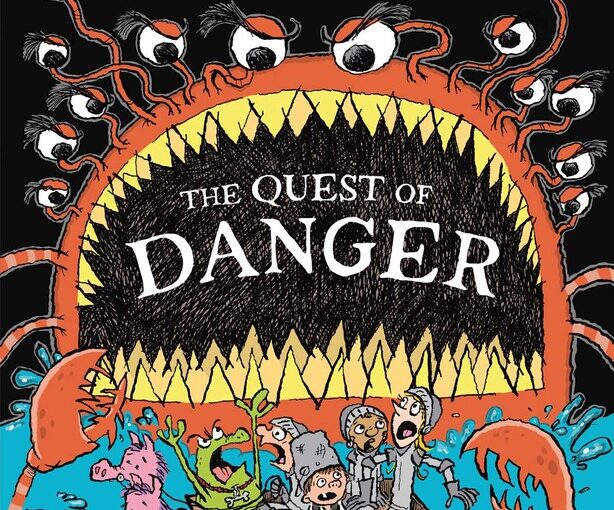
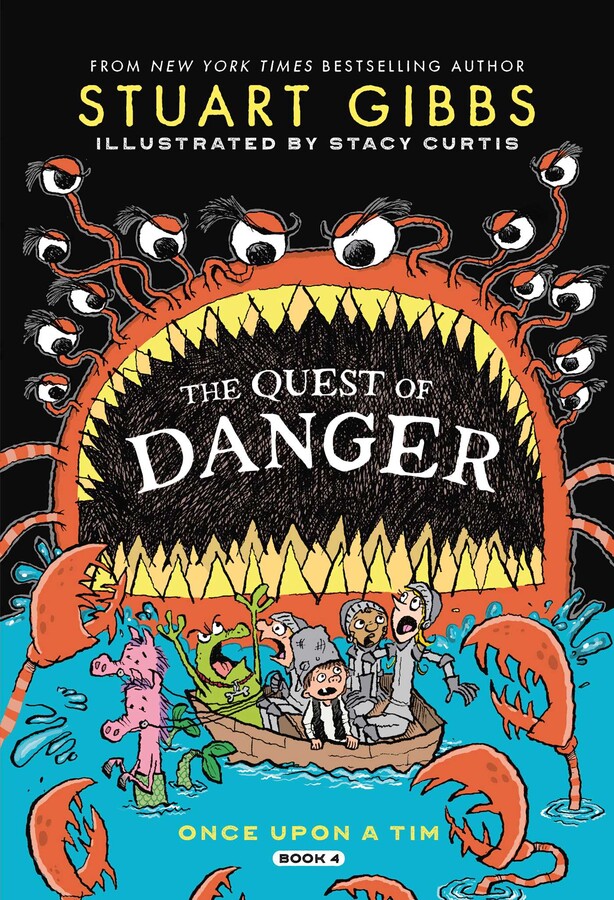
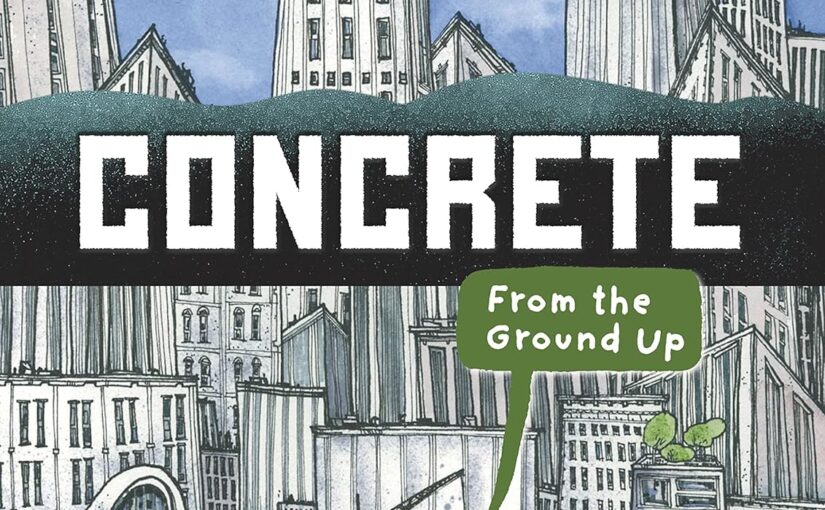
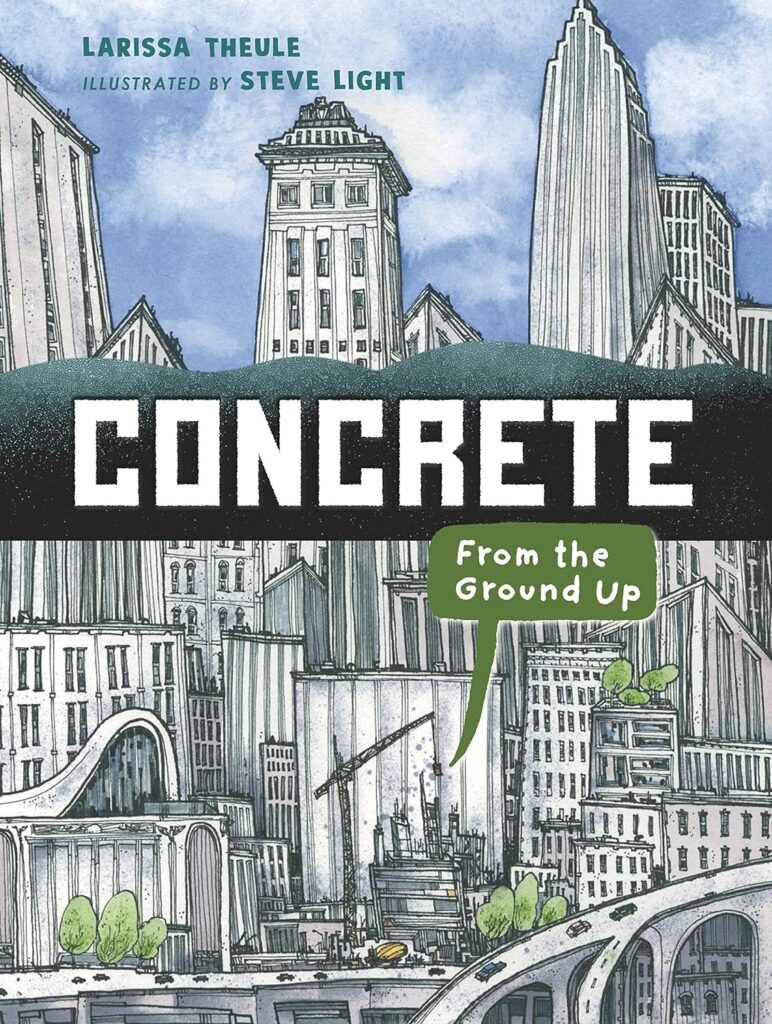
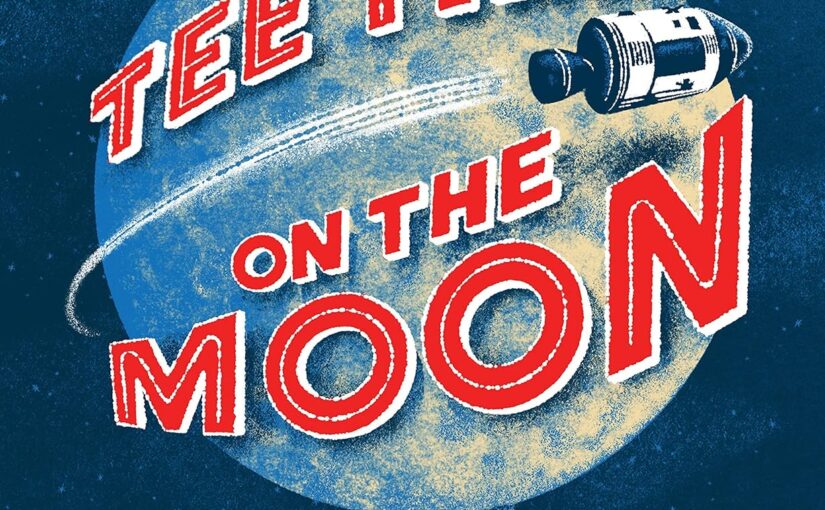
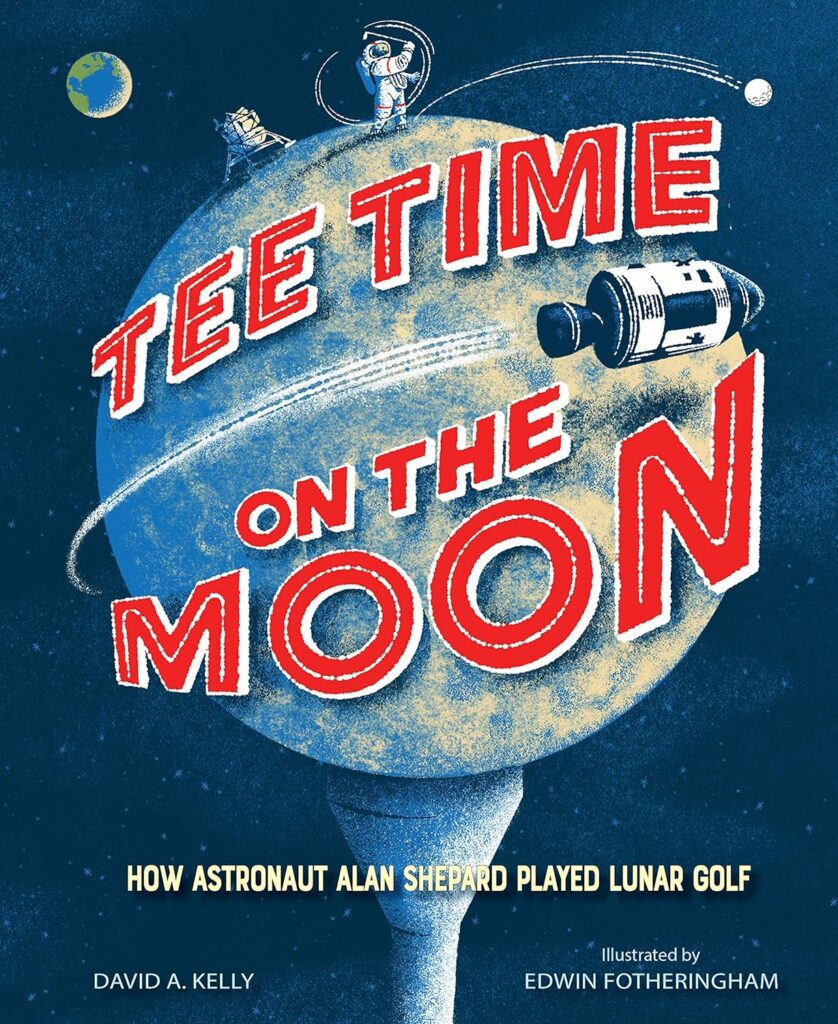
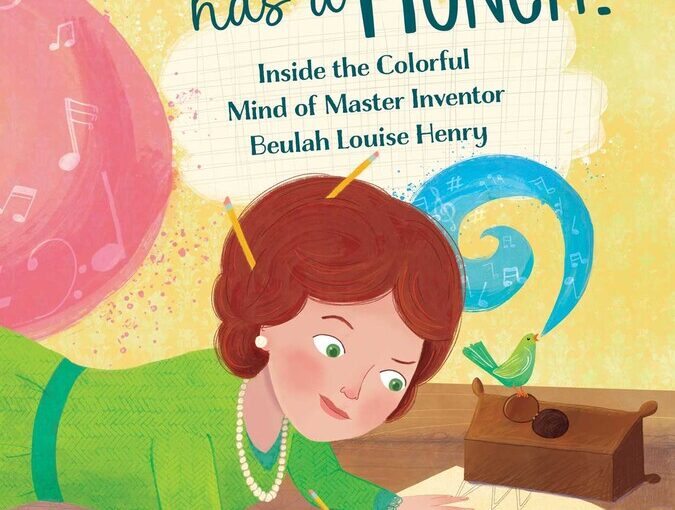
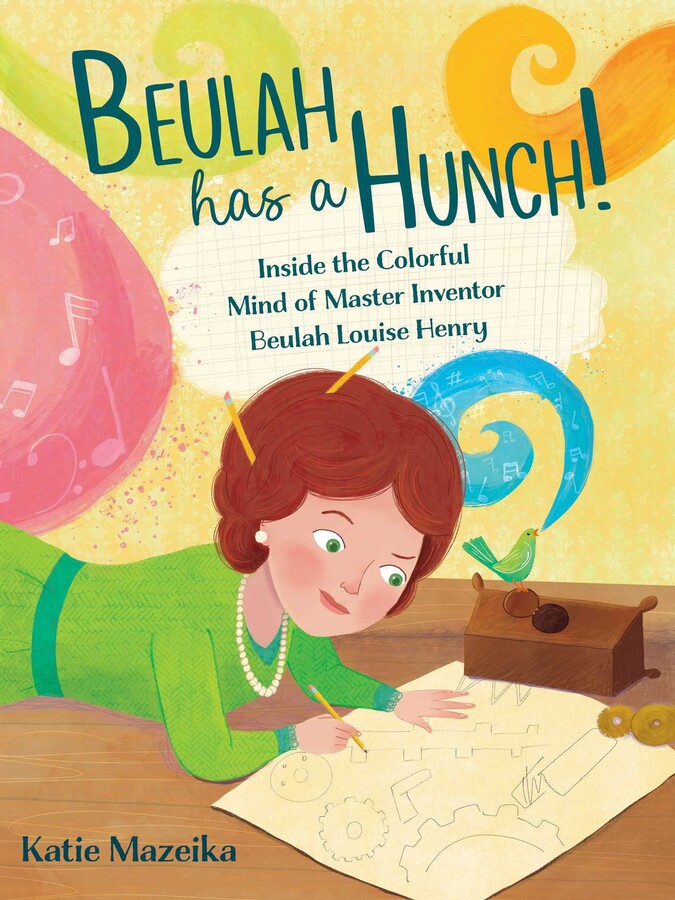
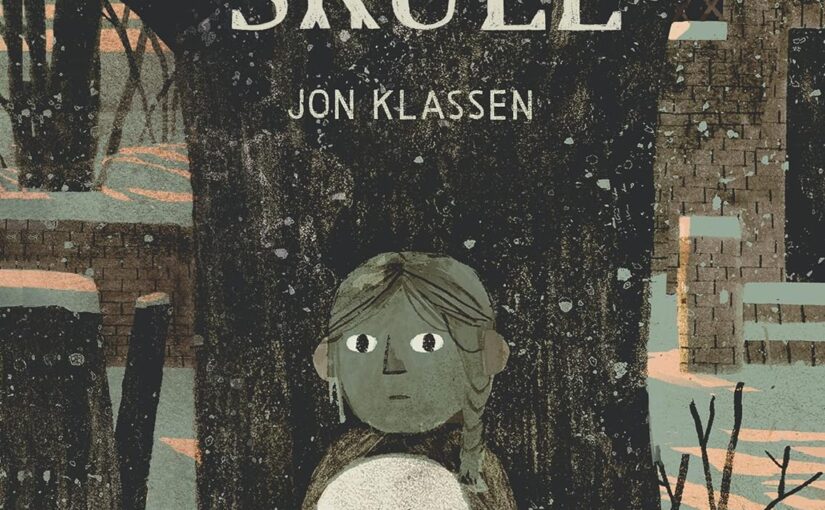
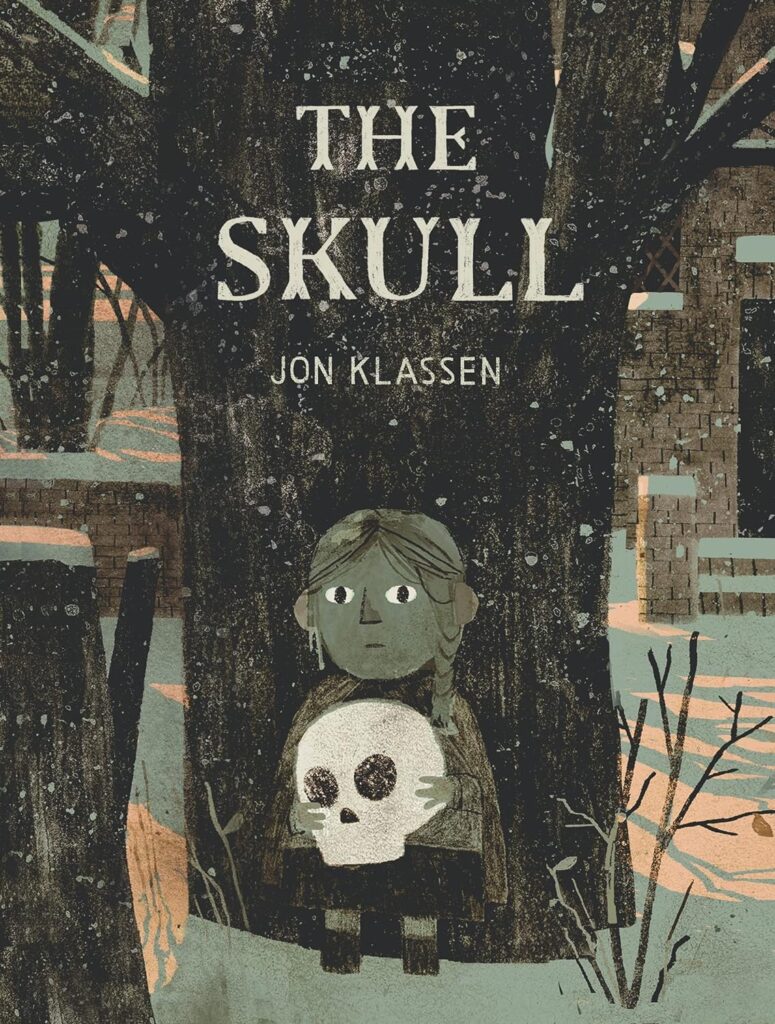
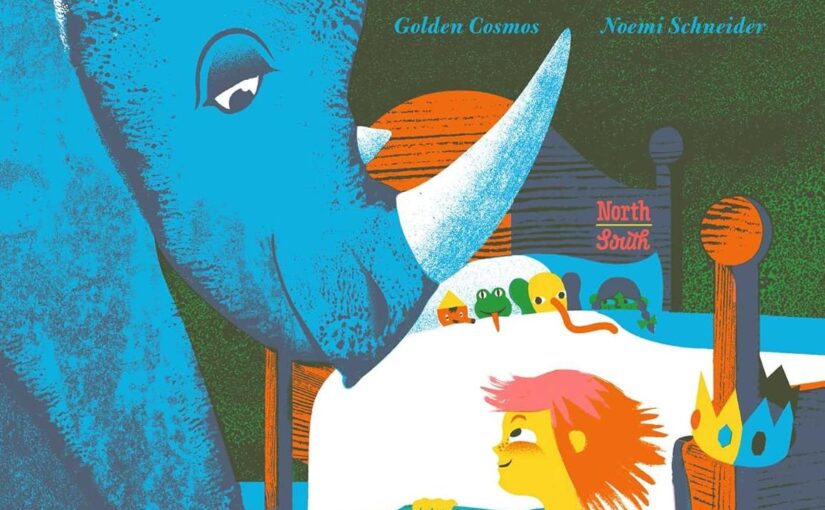
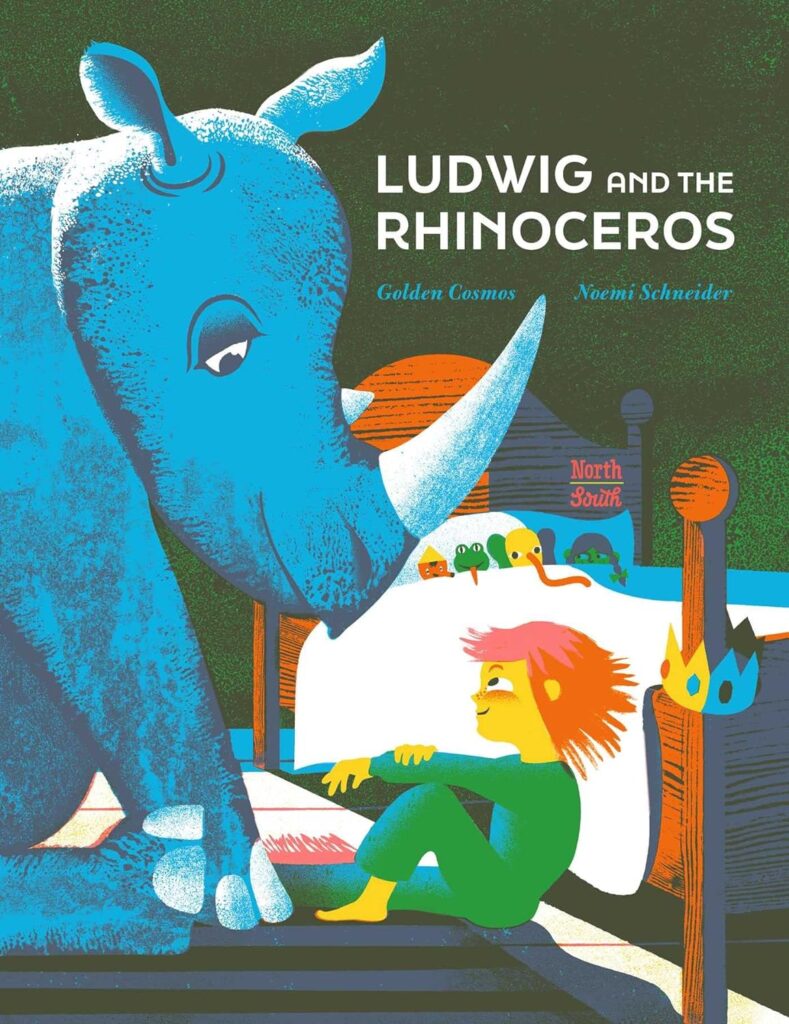


 Facebook
Facebook Twitter
Twitter Flickr
Flickr GooglePlus
GooglePlus Youtube
Youtube